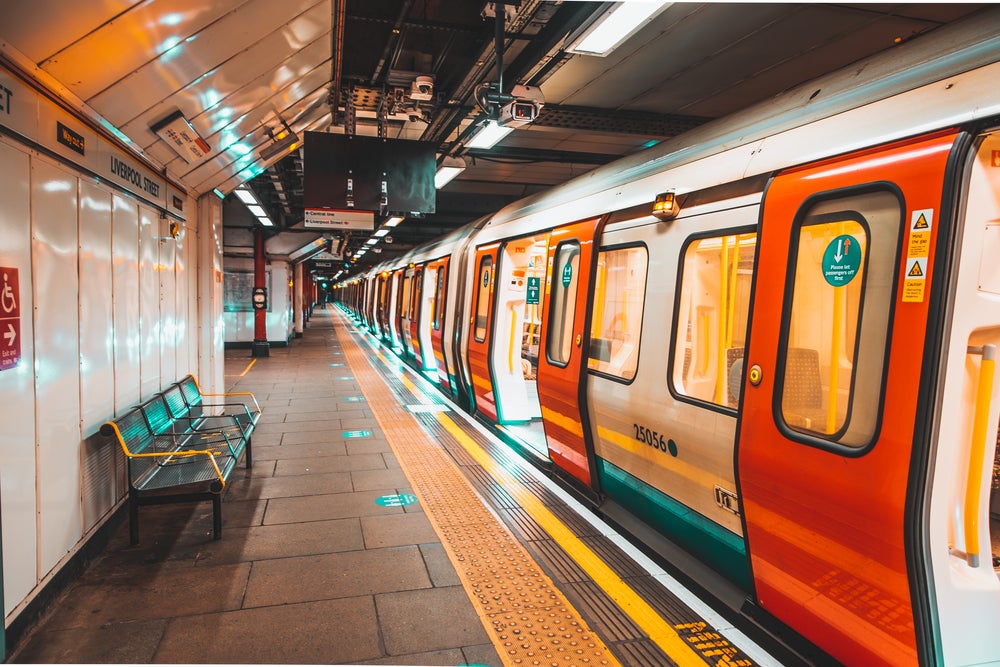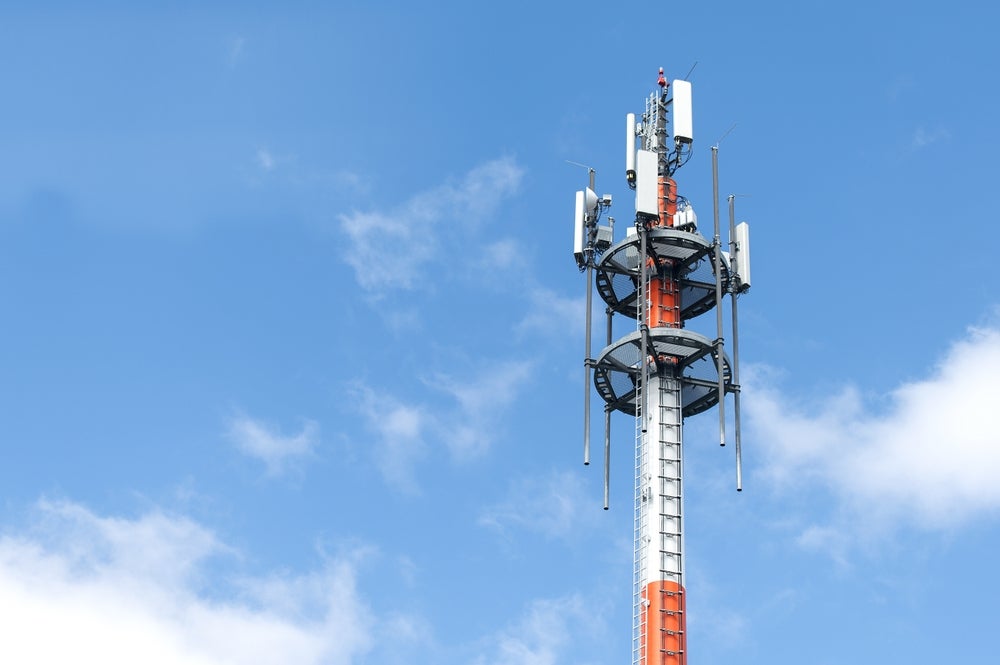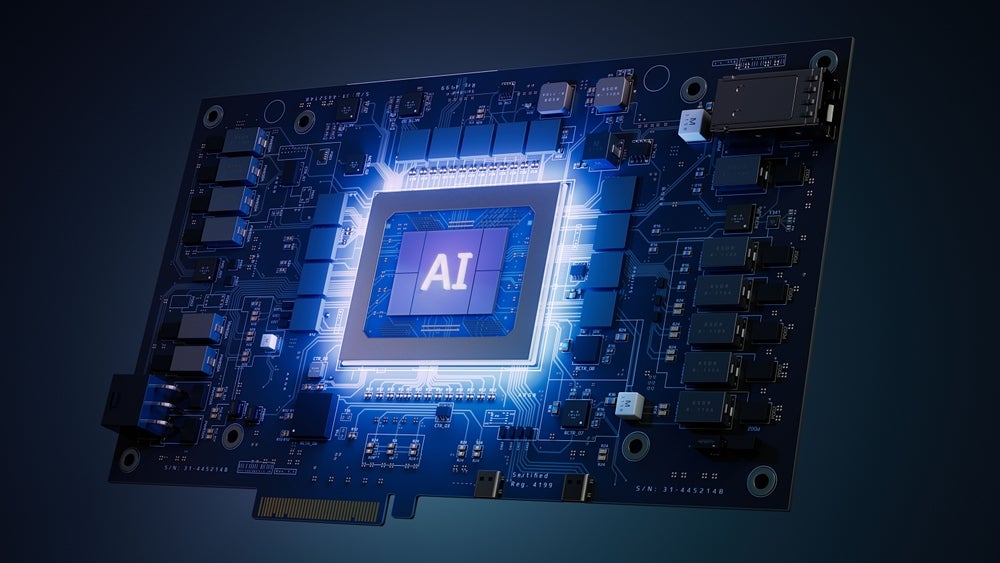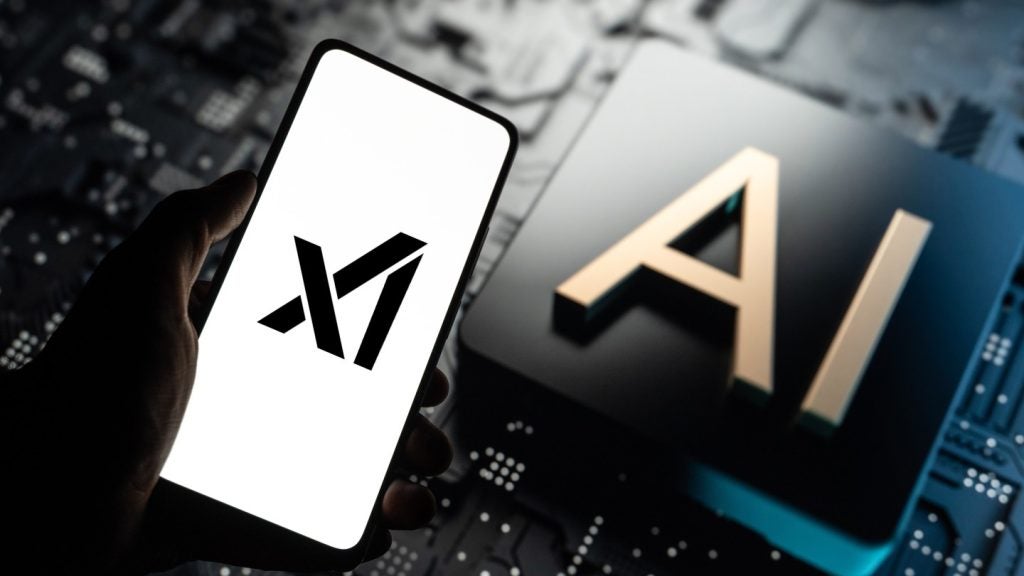Driverless trains on the London Underground are in the news again. With union strikes threatening to make traveling within the Smoke a nightmare this week, it was only a matter of time before the question of axing drivers in favour of automation would pop up again. As always, it’s bound to get messy.
The Tories have championed full-on automation of the tube for decades. Boris Johnson made the case for driverless trains when he campaigned for his second term as London mayor back in 2012. The now-prime minister pledged the tube would be fully automated by 2022. It has since proven another broken promise on his ever-expanding list of unrealised vanity projects. Despite failing to deliver, Johnson has continued to argue that driverless trains would free the sector from being the “prisoners of the unions”.
Transport secretary Grant Shapps echoed that sentiment when he made driverless trains a conditions for bailing out TfL earlier this year during another week of industrial action. The minister told the transport operator it would have to make looking into the feasibility of driverless trains a priority if it wanted the £200m bailout, Shapps told them. Shapps had made driverless trains a previous condition in a £1bn bailout in 2021.
Conservatives claim the benefits an automated metro would far outweigh any cost. It would bring efficiencies and boost security just like similar projects in places like Paris have. As a bonus, they say self-driving metro cars would limit unions’ power to wreak havoc on commuters’ everyday lives. Drivers can’t strike if they don’t exist, right?
However, the reality is that introducing driverless on the London Underground could prove a costly endeavour with few financial benefits. That’s according to a Transport for London (TfL) document that was leaked in 2020. The document acknowledged that driverless trains could be introduced, but it would cost over £7bn to do so. The authors of the TfL report added that introducing unmanned vehicles presented “no additional benefits for the level of investment.”
“Driverless trains on the London Underground area politically-driven fantasy”
The unions loved it. The drivers’ union Aslef claimed it proved “that driverless trains on London Underground are a politically-driven fantasy.”
How well do you really know your competitors?
Access the most comprehensive Company Profiles on the market, powered by GlobalData. Save hours of research. Gain competitive edge.

Thank you!
Your download email will arrive shortly
Not ready to buy yet? Download a free sample
We are confident about the unique quality of our Company Profiles. However, we want you to make the most beneficial decision for your business, so we offer a free sample that you can download by submitting the below form
By GlobalDataLabour London mayor Sadiq Khan has labelled the introduction of driverless trains as a “gross misuse of taxpayers’ money”. Khan has not backed down from that sentiment after the government renewed its push to automate the metro.
“The government continues to relentlessly pursue the introduction of driverless trains, including requiring TfL to explore it as a condition of emergency government funding needed as a result of the pandemic,” a spokesperson for the Mayor of London told Verdict. “This is despite evidence showing the enormous scale of investment – tens of billions – that would be required to convert the network and the many years it would take to implement.
“The government’s insistence on pursuing this is a time-consuming distraction from our priorities to keep the network operating, safe, and reliable. It is absolutely imperative that securing a fair, long-term funding deal that will protect London’s transport network is prioritised by this Government – not just for the sake of the capital but for the economic wellbeing of the whole country.”
London tube is already kinda automated
Despite the schadenfreude from the left, there are already autonomous lines in the Smoke. Kinda. The Docklands Light Railway has operated driverless trains since 1987. Although, it still has a trained human operator on board the train to handle customer service, ticket checking and to take control in the event of an emergency.
The Victoria, Jubilee, Central, Northern, District, Circle, Hammersmith and City, and the Metropolitan are partly automated. This means an operator is still required to open and close doors and to assist in the event of an emergency. TfL plans to extend this system to other lines by 2023.
The debate around driverless trains in the tube will sound familiar to anyone who’s looked into self-driving cars. The arguments are basically the same. The proponents of the technology say it will make commuting smoother, safer, cleaner and cheaper. Detractors counter that leaving commuting to an artificial intelligence is recklessly dangerous, costly and entirely unnecessary.
Still, automating the tube would have some tangible benefits. For starters, it would make the Night Tube run more frequently. Unions have fought tooth and nail against its members working more night hours. The unions demanded more money on top of the average £49,000 annual salary for drivers, fewer hours and a four day week when the Night Tube was introduced on some of the services in 2016, according to TfL. The unions instigated a six-month Night Tube strike in January 2022, claiming changes imposed on staff would hurt their work-life balance. The introduction of driverless trains would limit service disruptions like that.
Mind the gap
Johnson and his acolytes argue that sacking drivers and automating their jobs would enable London to level up to the standard of its international peers. Cities like Paris, Tokyo, Barcelona and Dubai have already embraced driverless trains. Why can’t London follow suit? The answer is that it can, but that it will be costly. The hefty price tag is a result of the metro’s age.
“The London Underground is the oldest public transport network in the world,” Gideon Richheimer, CEO and co-founder of deeptech company AutoFill Technologies, tells Verdict. “Its infrastructure is in parts over 130 years old.”
The tube is built deep in the ground where it could be up to two kilometres between stations. The London Underground is also single-bore with no space for side walkways.
The Paris metro, on the other hand, is twin-tracked, constructed with shallow depth and with short inter-station distances. Some lines also have side walkways to allow ease of customer evacuations. The Paris Metro Line 1 could swap manned trains for driverless ones because the levels of each platform was pretty much the same.
That is not the case in London. The tube has grown since the 1860s. The expansion has resulted in varied typographies across the network. Essentially, the height and distance between the train and the platform are not the same on each station. This is one of the key issues holding back the automation of the tube, according to the TfL document. In order to have driverless trains, the operator would have to adjust the platforms and the tracks to make them the same level.
TfL would also have to introduce platform-edge doors in order to make on- and offboarding driverless trains easier and safer. These prerequisite barriers would ensure that fewer people would jump or fall onto the rack. This would reduce the risk of casualties as well as the trauma of the personnel having to live through those incidents. Platform-edge doors would decrease the need of vigilant train operators.
Similarly, TfL must also invest heavily in control and communications systems to protect commuters in case of emergencies and to avoid incidents.
Notably all those investments – the height adjustments, platform-edge doors and scaled surveillance – could all be introduced without having to introduce driverless trains. In fact, some of these upgrades are already planned across the network.
Are £7bn driverless trains worth it?
Buying driverless vehicles and disposing of the obsolete ones is another expense that together with everything else would cost north of £7bn. When TfL took revenues and operation cost savings into account, that figure shrunk to £5.6bn, which is still a negative net financial effect. Upgrading the network would only cut staff costs by between 10% and 20%. Whatever savings can be made by sacking union members would be offset by increased maintenance costs of the new driverless systems.
“Overall network-wide [driverless] conversion represents poor value for money,” TfL wrote. “Its implementation network-wide will present a considerable affordability challenge which will further exacerbate TfL’s current financial and longer term funding position.”
If those estimates aren’t eye-watering enough, it’s worth remembering TfL’s blemished track record of failing to keep to its own timetables. The Elizabeth Line opened in June 2022. It was originally slotted to open in 2017. Gordon Brown’s government signed off on it in 2007, estimating that it would cost £15.9bn to complete. In the end, it cost almost £19bn to complete.
Nevertheless, conservative mouthpieces have rejected and branded TfL’s estimates as exaggerated. They maintain that slashing the risk of human error, easing the “stranglehold of militant unions” and levelling up the tube to that of London’s international peers are worth it.
Some non-politically affiliated experts remain undeterred in the face of the TfL’s own assessment. They maintain automating the London Underground have more benefits, making it worth the investment.
“Automating inspection of the underground’s entire infrastructure – whether it’s the trains themselves, the tunnels or tracks – will enhance safety for both those working on the network and for passengers,” says Richheimer. “Inspections are currently carried out manually, which can lead to costly errors and take far longer. By automating inspection, we will get to a stage whereby using datasets collected, and enabled by advanced algorithms, we can predict when and where an error or fault is likely to occur and become far more proactive.
“Safety will be heightened given the always-on nature of the systems and huge pools of data will mean systems are constantly learning, growing and becoming even more intelligent. Driverless trains, and autonomous vehicles more broadly, aren’t prone to human error and are therefore inherently safer.”
Let’s talk about safety
Unsurprisingly, the unions don’t buy that argument. They argue that driverless trains would make journeys more dangerous, especially in case of emergencies. It would be easy to dismiss those concerns as technophobia. It is natural to fear ceding control to an autonomous system. However, that would be an onerous assumption to make. No only is it comforting to have a human in control, but there are also real-life examples of when driverless trains have almost caused severe accidents.
A driverless engineer train ran out of control on the Northern Line for nearly four miles in August 2010. The driver of a passenger train in front had to be instructed to increase his train’s speed to avoid a collision.
An incident in 2012 contrast that one. The semi-automatic train operation technology in use on the Jubilee line had incorrectly given the all-clear for the train to start moving, not noticing that a a child had slipped between the train and the platform edge. Luckily, the driver spotted a “tiny hand reaching up from the track” and stopped the train.
Another cautionary incident occurred in 2019, in Yokohama, south of Tokyo. More than a dozen people were injured when an autonomous train suddenly started to travel in the wrong direction before crashing into a station buffer.
Anecdotal evidence like those stories may dissuade people from accepting driverless trains. However, given the infrastructural investments needed to introduce an automated underground, it is unclear whether or not those comparisons are fair.
Discussing driverless trains in the London Underground is messy. The debate is fraught with political petulance and grandstanding that obfuscates the core question: is automating the metro good or bad? No matter on what side of the fence you land on, it’s clear that we still have a lot of road to cover until it’s settled once and for all. In the meantime, millions of people will be caught in the middle as the unions and TfL duke it out once again.
The transport secretary’s office did not respond to Verdict’s requests for comment.







